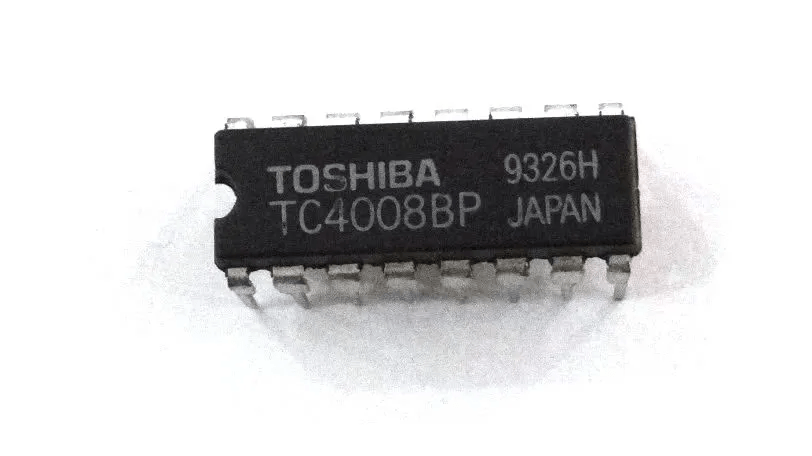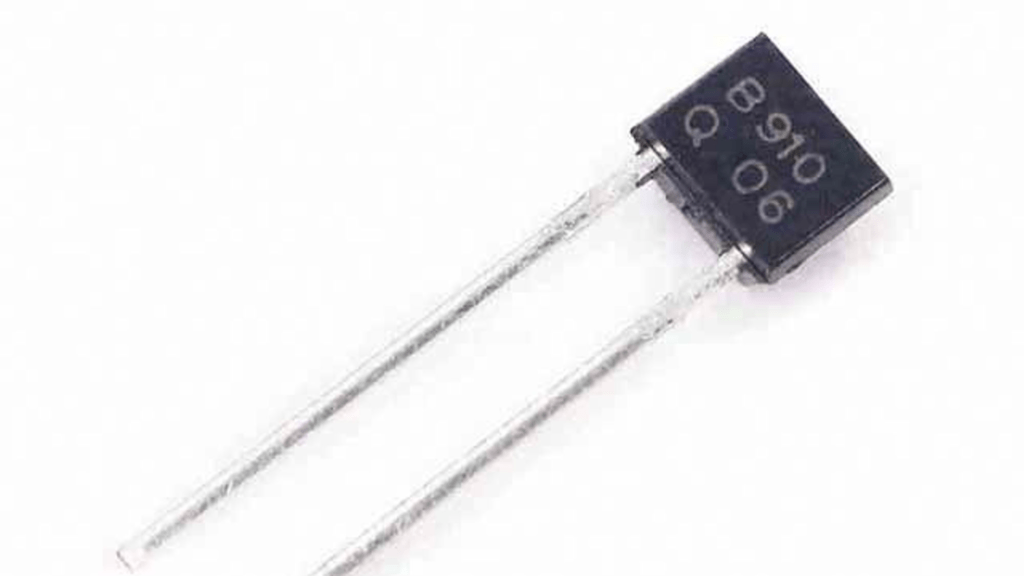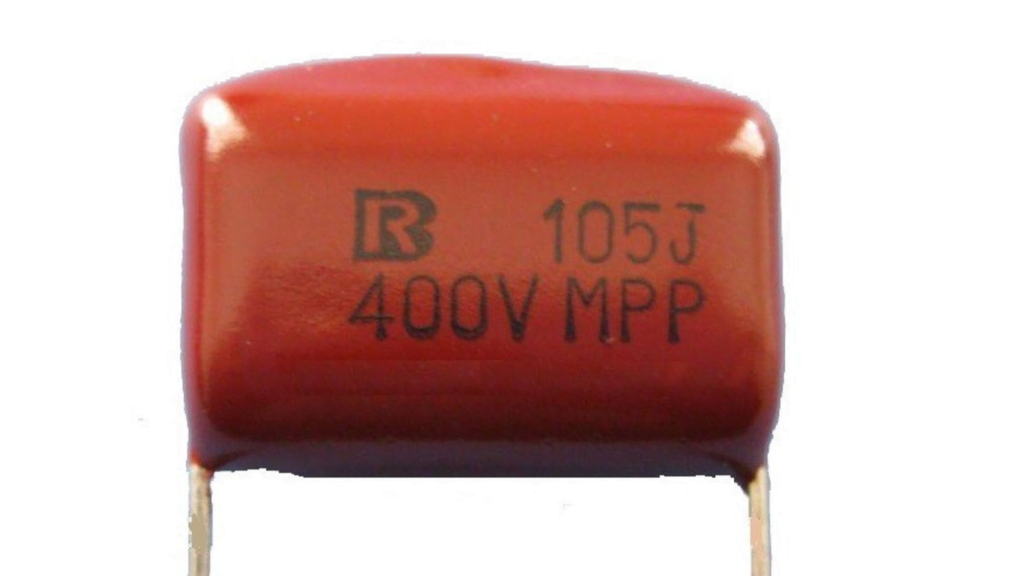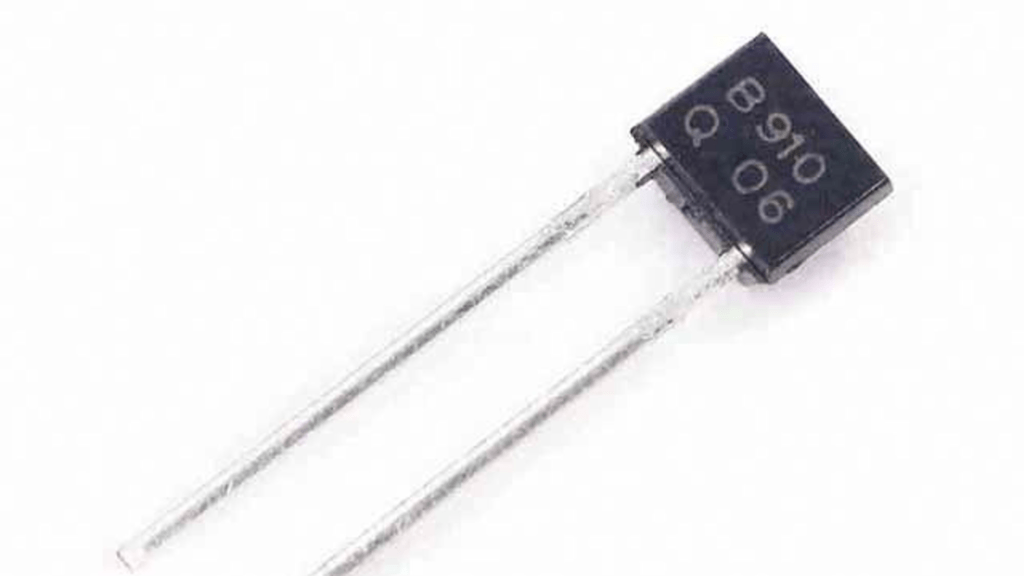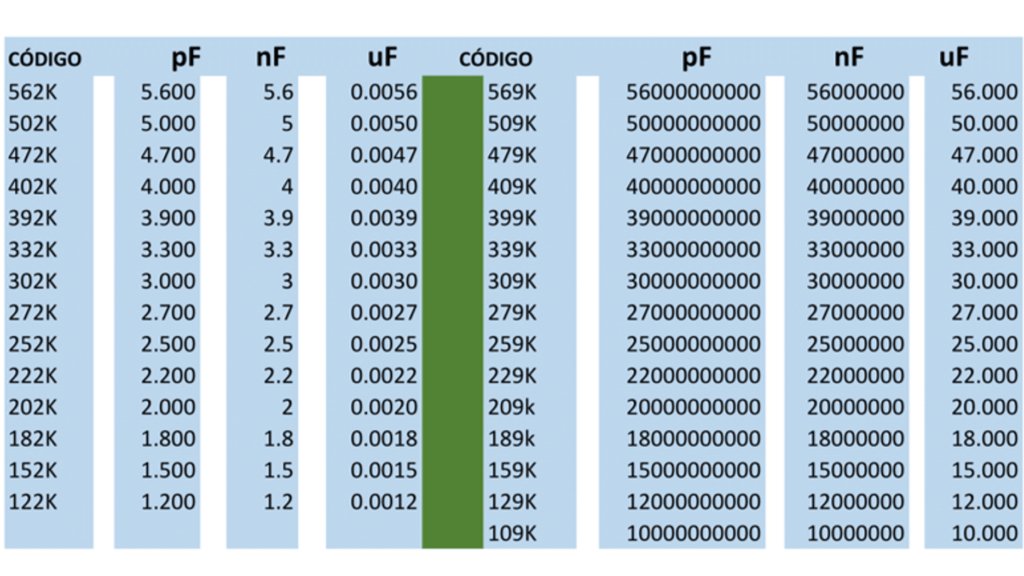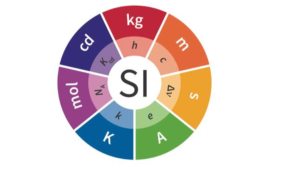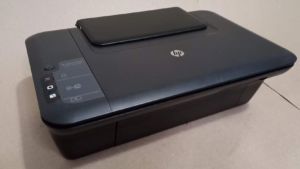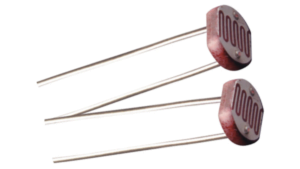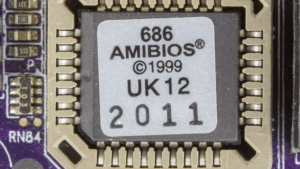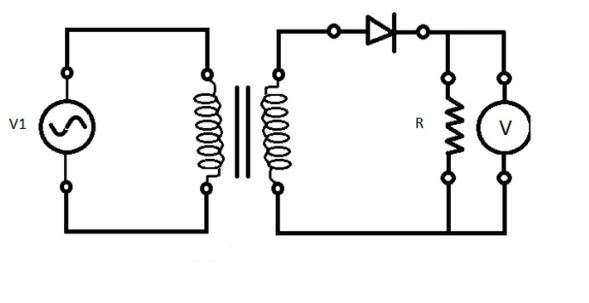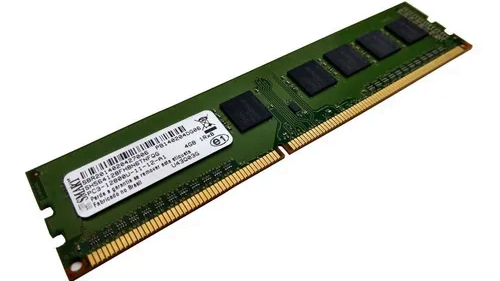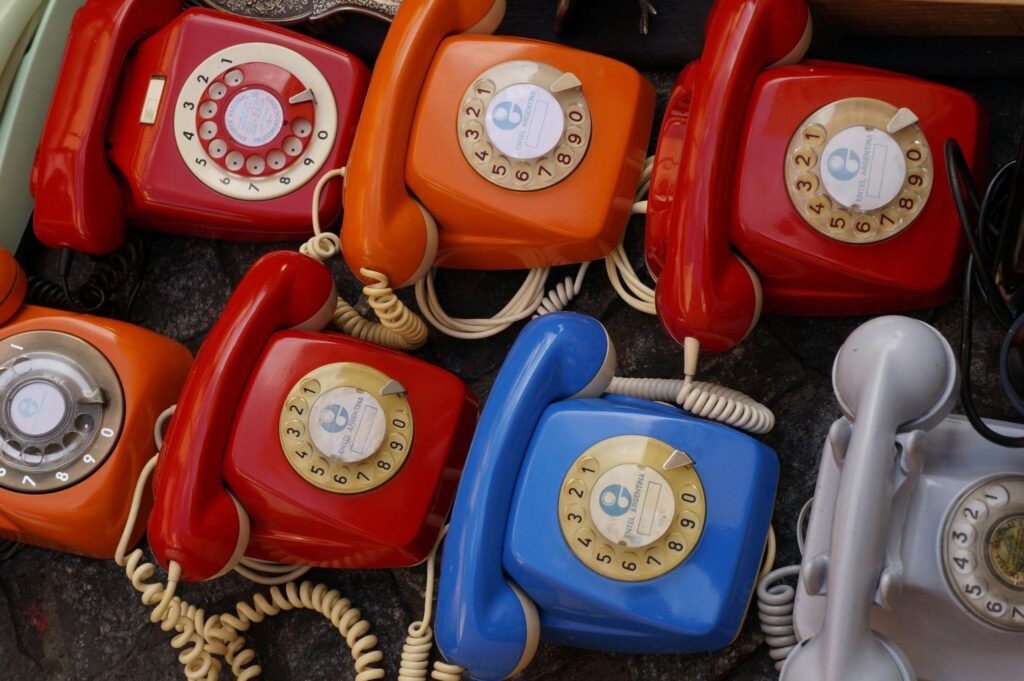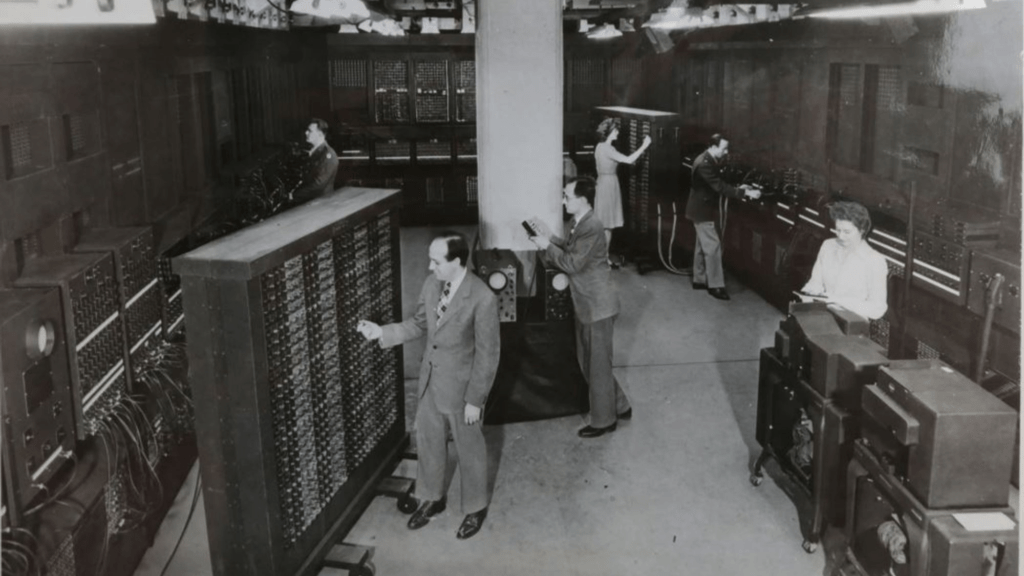CMOS (Complementary Metal-Oxide-Semiconductor) integrated circuits are foundational in modern electronics due to their energy efficiency, low power dissipation, and high integration density. These circuits are widely used in a vast array of applications, from mobile devices to industrial equipment. Below are some key characteristics and applications:
Structure and Operation
- Fabrication Technology: Based on complementary metal-oxide-semiconductor technology, using complementary pairs of MOSFET transistors (N-MOS and P-MOS).
- Form Factor: Available in various packages, including DIP (Dual In-line Package), SOIC (Small Outline Integrated Circuit), and QFP (Quad Flat Package), enabling easy integration into different types of PCBs (Printed Circuit Boards).
Key Characteristics
- Power Consumption: Known for their low power consumption, especially in static states, making them ideal for battery-powered devices.
- Operating Speed: Capable of operating at high frequencies, making them suitable for high-speed applications.
- Operating Voltage: Typically operate within voltages between 1.8V and 5V, with some variants supporting lower or higher voltages.
- Integration Density: Allow the integration of a large number of transistors on a single chip, facilitating the creation of complex circuits.
- Noise Resistance: Highly immune to noise and interference, improving the reliability of circuits.
Typical Applications
- Processors and Microcontrollers: Used in central processing units (CPUs) and microcontrollers due to their energy efficiency and high integration capability.
- Memory Devices: Found in memory chips, including RAM and ROM, thanks to their high integration density and low energy consumption.
- Mobile Devices: Essential in smartphones, tablets, and wearables, where energy efficiency is crucial.
- Industrial Equipment: Employed in various industrial systems, including process control and automation, due to their robustness and reliability.
- Consumer Electronics: Widely used in a variety of consumer electronic products, such as televisions, digital cameras, and audio systems.
Advantages
- Energy Efficiency: They offer low power consumption, particularly in low-activity states.
- High Integration: Enable the creation of highly complex circuits on a single chip.
- Low Cost: Benefit from highly mature manufacturing processes, resulting in low production costs.
- High Reliability: Resistant to noise with a low failure rate, making them highly reliable for various applications.
Disadvantages
- Sensitivity to ESD: They can be sensitive to electrostatic discharge (ESD), requiring careful handling during manufacturing and assembly.
- Performance at High Temperatures: Performance may be affected at very high temperatures, requiring proper thermal management.
FAQ:
- What are CMOS integrated circuits, and why are they important? CMOS integrated circuits are key to modern electronics due to their low power consumption, high density, and ability to integrate complex circuits on a single chip. They’re used in a wide range of applications, from mobile devices to industrial systems.
- What are the typical applications of CMOS circuits? CMOS circuits are used in processors, memory devices, mobile devices, industrial equipment, and consumer electronics due to their efficiency, small size, and high reliability.
- What are the key advantages of CMOS technology? CMOS technology offers energy efficiency, high integration density, low cost, and high reliability, making it ideal for a broad range of electronic applications.
- What are the disadvantages of CMOS circuits? CMOS circuits are sensitive to electrostatic discharge (ESD) and may have reduced performance in high-temperature environments, requiring appropriate handling and thermal management.
- How are CMOS integrated circuits used in processors and memory? CMOS circuits are extensively used in processors and microcontrollers because they allow for the integration of complex functionality while consuming minimal power, making them ideal for these high-performance applications.
| CI | Description | Pins |
|---|---|---|
| 4000 | 2 three-input NOR gates + 1 inverter | 14 |
| 4001 | 4 two-input NOR gates | 14 |
| 4002 | 2 four-input NOR gates | 14 |
| 4009 | 6 inverting buffers | 16 |
| 4010 | 6 non-inverting buffers | 16 |
| 4011 | 4 two-input NAND gates | 14 |
| 4013 | 2 D-type flip-flops | 14 |
| 4019 | 4 selectable AND/OR gates | 16 |
| 4020 | 14-stage binary counter/divider | 16 |
| 4026 | Decade counter with 7-segment decoder | 16 |
| 4030 | 4 two-input XOR gates | 14 |
| 4034 | 3-stage 8-bit bidirectional shift register | 24 |
| 4035 | 4-bit parallel shift register | 16 |
| 4040 | 12-stage binary counter with carry | 16 |
| 4041 | 4 buffers with original and complementary output | 14 |
| 4042 | 4 clocked D-type latches | 16 |
| 4043 | 4 three-stage latches | 16 |
| 4046 | PLL (Phase-Locked Loop) | 16 |
| 4047 | Low-power astable/monostable multivibrator | 14 |
| 4048 | 8 programmable/expandable 3-state gates | 16 |
| 4049 | 6 inverting buffers | 16 |
| 4050 | 6 non-inverting buffers | 16 |
| 4051 | 8-channel analog multiplexer/demultiplexer | 16 |
| 4052 | 4-channel dual analog multiplexer/demultiplexer | 16 |
| 4060 | 14-stage binary counter with ripple, carry, and oscillator | 16 |
| 4066 | 4 bilateral switches | 14 |
| 4069 | 6 inverters | 14 |
| 4070 | 4 XOR gates | 14 |
| 4072 | 2 four-input OR gates | 14 |
| 4073 | 3 three-input AND gates | 14 |
| 4076 | 4 three-stage register outputs | 16 |
| 4077 | 4 XNOR gates | 14 |
| 4081 | 4 two-input AND gates | 14 |
| 4089 | 4-bit binary multiplier | 14 |
| 4093 | 4 two-input NAND gates Schmitt Trigger | 16 |
| 4094 | 8-stage shift register and memory | 16 |
| 4099 | 8-bit addressable latch | 16 |
| 40106 | 6 Schmitt Trigger inverters | 14 |
| 40160 | 4-bit synchronous decade counter with asynchronous reset | 16 |
| 40161 | 4-bit synchronous binary counter with asynchronous reset | 16 |
| 40162 | 4-bit synchronous decade counter with synchronous reset | 16 |
| 40163 | 4-bit synchronous binary counter with synchronous reset | 16 |
| 40193 | 4-bit Up/Down binary counter | 16 |
| 4503 | 6 three-state buffers | 16 |
| 4510 | BCD Up/Down counter | 16 |
| 4511 | BCD to 7-segment decoder | 16 |
| 4512 | 8-input multiplexer with 3-stage output | 16 |
| 4514 | 16-to-1 decoder/demultiplexer with latch inputs | 24 |
| 4516 | Up/Down binary counter | 16 |
| 4519 | 4 two-input multiplexers | 16 |
| 4520 | 2 binary counters | 16 |
| 4528 | 2 monostable multivibrators | 16 |
| 4529 | Analog data selector 2 of 4 channels or 1 of 8 channels | 16 |
| 4538 | 2 precision monostable multivibrators | 16 |
| 4541 | Programmable timer | 14 |

